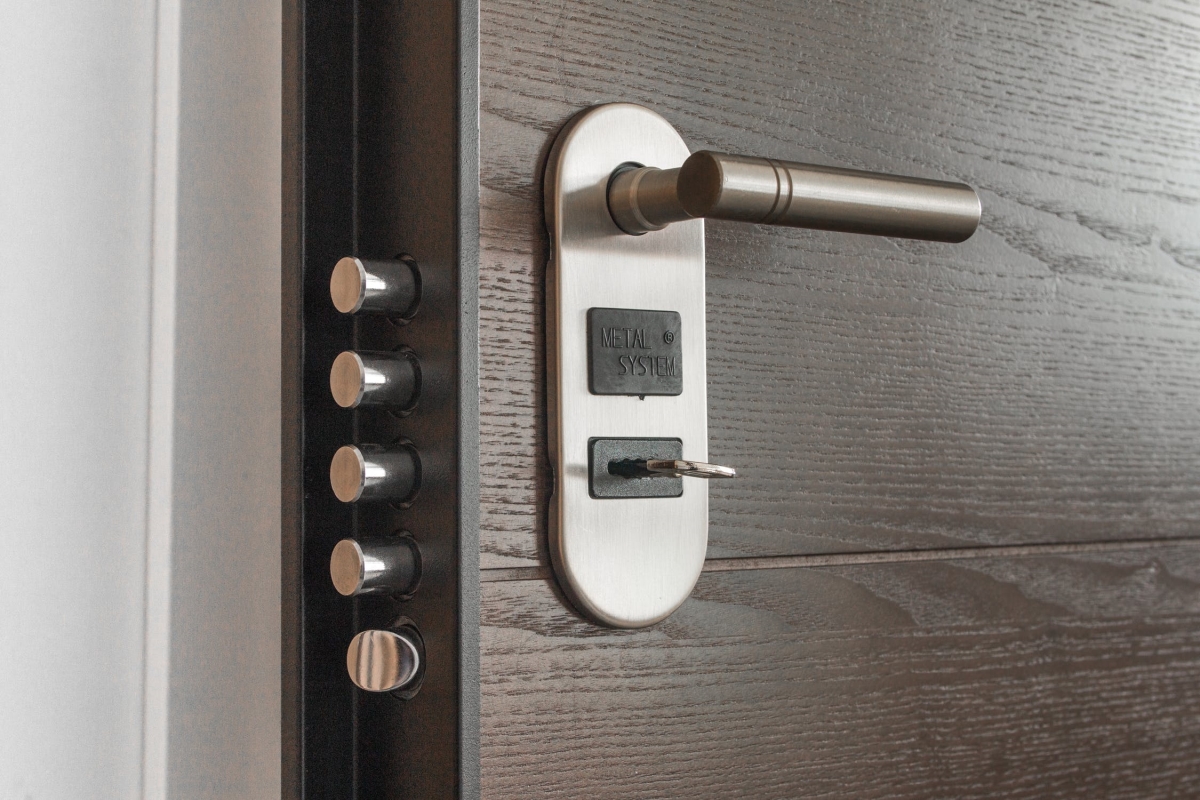Escaping a dangerous encounter isn’t something most people think about when they start investing in rental properties, but the truth is that sometimes tenants who are in a desperate situation can react irrationally and you may need to be prepared.
Once you reach a point where you have to evict someone, chances are your relationship isn’t great. Here’s how to protect yourself preemptively and what to do if you’re ever faced with a situation that threatens to turn ugly.
Screen everyone living in your rental
The best way to avoid evicting a bad or dangerous tenant is to get to know them before they ever move in. Once you receive an application, it’s crucial to dig deeper by completing a comprehensive background check. The best background checks for landlords will include standard criminal history data, as well as credit history to check for red flags like bankruptcy and prior eviction records. Make sure to do a screening for every adult that is planning on living in your rental.
Additionally, your application should include a space for references and contact info. Many landlords will require that at least one reference is a previous landlord, which isn’t a bad idea. Once you get this info, use it! Make calls to all the references to get a complete picture of the person who is moving into your property.
Create lease clauses that deal with long-term guests
Even if you’ve taken precautions to screen your tenants, problems often arise when someone starts unofficially living in your rental. To cut the number of unwanted long-term guests hanging around, add a clause in your contract that states visitors who stay more than a certain number of days need to be on the lease.
For example, Nolo recommends that you allow guests to stay up to 10 consecutive days within a six-month period and any additional days that they stay would require your permission. For help determining if someone may be secretly living with your tenants, look at things like mail, water bills, and the parking situation.
If you need to evict, don’t do it face to face
The first step to peacefully resolving a situation should be sending a written notice that a tenant is in violation of the lease and giving them a certain amount of time to remedy the situation before you evict.
If you’ve given your tenants a chance to correct their behavior and nothing has changed, or in the case of a broken a lease or non-payment, you need to immediately start the eviction process. One mistake a lot of landlords make is trying to reason with a tenant or extend too much sympathy towards their situation.
You’re a human, not a robot, so it’s totally understandable to feel bad for people who are stuck in bad financial circumstances. Just keep in mind that you’re essentially running a business and sometimes you have to make tough decisions.
In Utah, you have multiple options for giving a tenant a notice that they need to vacate, including delivering it in person, mailing it, and posting it on the premises. If you do decide to mail it, it’s always smart to use a P.O. Box for correspondence.
Leave the move-out process to law enforcement
Once you’ve begun the eviction process, in most states, you can now turn it over to law enforcement to handle the actual move out or removal if a tenant is refusing to vacate.
In Utah, law enforcement (usually a sheriff) is allowed to enter the premises in order to remove the tenant and can remove the tenant’s remaining personal property and store it. Tenants will then be given 15 days to retrieve their belongings after they settle their debt- but at no point should the landlord be involved.
In some states, though, you are required to be there in-person. If that’s the case, it’s important to make sure that you still have someone with you when you’re at the rental. You should also plan on recording the process with your phone- it will help keep everyone accountable in a tense situation.
Originally published on Groundwork






0 Comments